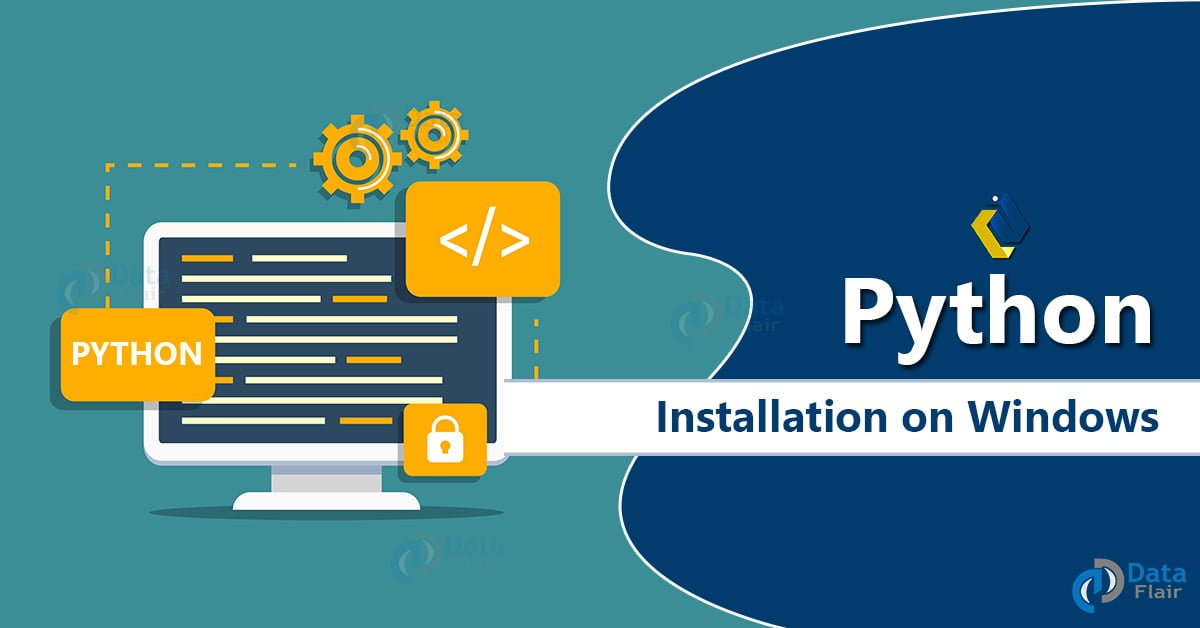Python Installation Made Easy: A Step-by-Step Guide

Unveil the secrets of easy Python installation with our step-by-step guide - no more technical headaches, just simplicity ahead!
Table of Contents
Welcome to our guide on how to install Python on Windows 10! Python is a versatile and powerful programming language that is widely used in the tech industry. By installing Python on your Windows 10 system, you can open up a world of possibilities for coding projects and learning opportunities. Let's dive into the process of getting Python up and running on your machine!
Checking if You Have Windows 10
Before you can install Python on your Windows system, it's important to make sure that you are running Windows 10. To check your Windows version, simply follow these steps:
- Click on the Start Menu
- Select "Settings"
- Click on "System"
- Under "About", you will see the version of Windows you are running
If you are not running Windows 10, you can easily upgrade to it through the Windows Update feature.
Downloading Python
Now that you've confirmed you are running Windows 10, it's time to download Python. Head over to the official Python website and follow these steps:
- Click on the "Downloads" tab
- Choose the latest version of Python for Windows
- Select the installer that corresponds to your Windows architecture (32-bit or 64-bit)
- Click on the installer to begin the download
Installing Python
Once the Python installer has finished downloading, it's time to install Python on your Windows 10 machine. Here's a step-by-step guide to walk you through the Installation process:

Image courtesy of data-flair.training via Google Images
- Double-click on the downloaded Python installer
- Check the box that says "Add Python x.x to PATH" (where x.x is the version number)
- Click on "Install Now" to begin the installation
- Wait for the installation to complete
- You will see a message indicating that Python has been successfully installed
Verifying the Installation
To make sure that Python has been installed correctly on your Windows 10 system, you can verify the installation by following these steps:
| Step | Description |
|---|---|
| 1 | Download Python installer from the official website |
| 2 | Run the installer and follow the on-screen instructions |
| 3 | Choose the installation options (e.g., installation directory) |
| 4 | Check the box to add Python to PATH if not already selected |
| 5 | Click 'Install' and wait for the installation to complete |
| 6 | Verify the Python installation by opening a command prompt and typing 'python --version' |
- Open a command prompt by pressing the Windows key + R and typing "cmd"
- In the command prompt window, type "python" and press Enter
- If Python has been installed successfully, you will see a message displaying the Python version number
Congratulations! You have successfully installed Python on your Windows 10 machine.
Conclusion
Installing Python on Windows 10 doesn't have to be a daunting task. By following our step-by-step guide, you can have Python up and running on your Windows system in no time. Remember, Python is a valuable tool that can open up a world of possibilities for coding projects and learning opportunities. So what are you waiting for? Dive into the world of Python and unlock your Programming potential!
For more informative Windows-related content and tips, make sure to check out Windows for Dummies - your go-to blog for mastering Windows operating systems and applications!
Generated by Texta.ai Blog Automation


